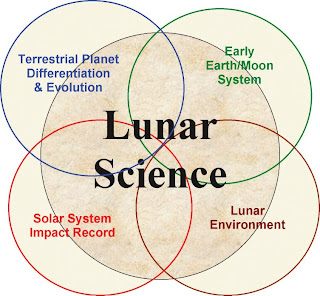The Moon-Base Prerequisite: Before we can even think of Lunar field trips for students we need to move ahead with plans for an International Lunar Research Base. This will be the site that will include the Lunar Student Training Facility (LSTF). It will support and conduct our proposed lunar field trips. A number of existing Lunar research organizations that support student involvement are expected to help operate the LSTF.
Getting it all connected: Additionally, in support of expanded solar system explorations we must intensify the research and development of space elevator technology for both Earth and the Moon. These elevators become key transport links that support both human and equipment transfers between the Earth, other planets in our solar system and our Moon. The key transfer vehicles that connects with the space elevators are super shuttles (link between Earth, Moon and nearby asteroids) and deep space vehicles (like a research spacecraft for Mars exploration).
Well, that is a lot of research and development. Yes, and those efforts not only advance our space sciences and technologies, but they provide an immense boost to our economy. Additionally, the entire concept of a Moon Base along with an education program brings the Earth's citizens into a greater appreciation of science and technology. This advance can only improve both our well being and our continuing evolution.
Some Field Trip Sponsors/Participanets: The following is a list of those we anticipate becoming potential co-sponsors of the program. This is not an all inclusive list. We are sure there are more. Please feel free to add your listing in our comments section of this blog.
- American Public University - Space Studies Program
- Challenger Center for Space Science Education
- Lunar Research Institute
- NASA space camps
- Sally Ride Science
- Space Explorers, Inc.
- Thornberg Center - Space Exploration
- Universities Space Research Association
A Climate Change for Science and Humankind: Nope this is not about global warming, this is about intellectual heating up. Setting and working toward goals like a Lunar Base and student program can incite an important rescue mission of American science and the science education of our young people.
We must not let fear, superstition, spiritual misconceptions, political myopia, or an economic system that punishes most of us while rewarding only a few of us bar humankind's overall progress. Yes, we can back down, give up, become extinct and start the process of making Earth another dead planet. We have not evolved to this point to fail. We have evolved to this point to move forward breaking new ground across the universe. What a challenge, what an opportunity, and what a glorious reward for our efforts.
Let's go, lets take that next giant step for all humankind.
CREDIT:
Image of students at NASA facility, courtesy of NASA.
CREDIT:
Image of students at NASA facility, courtesy of NASA.

























